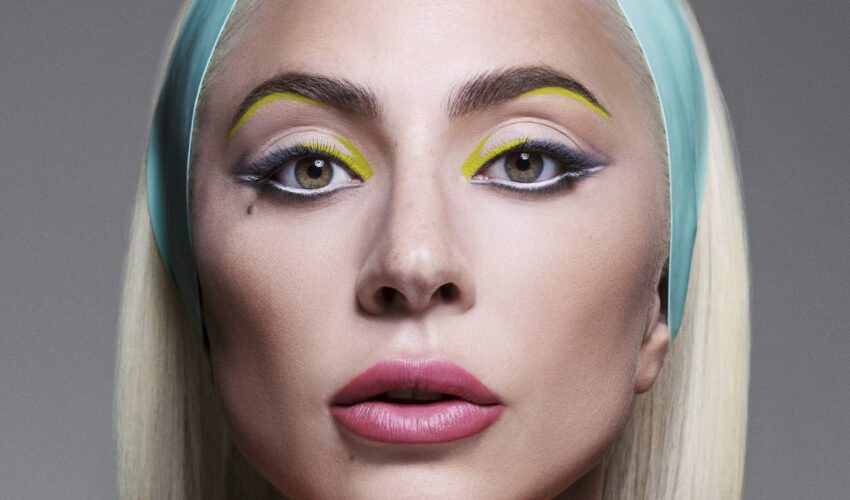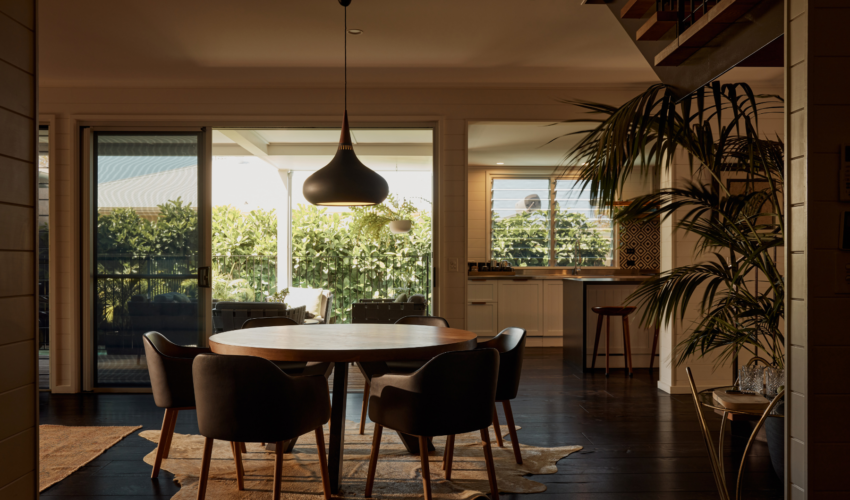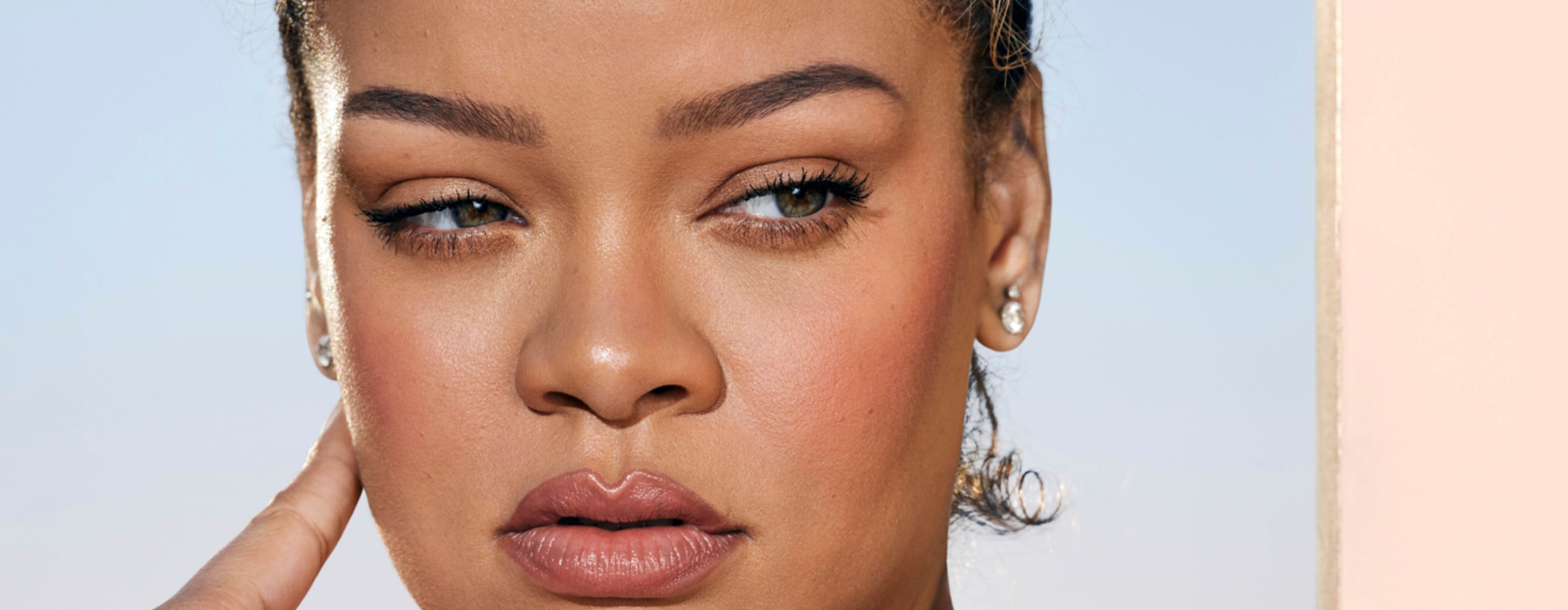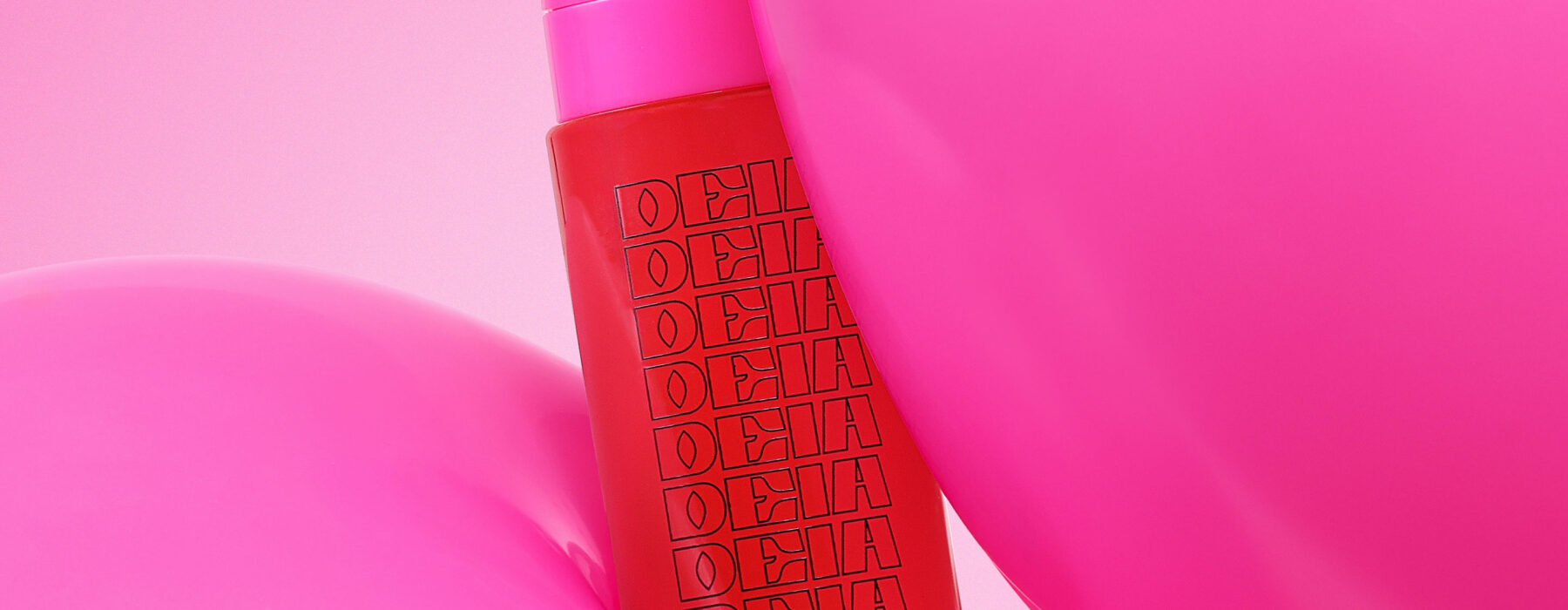Beauty
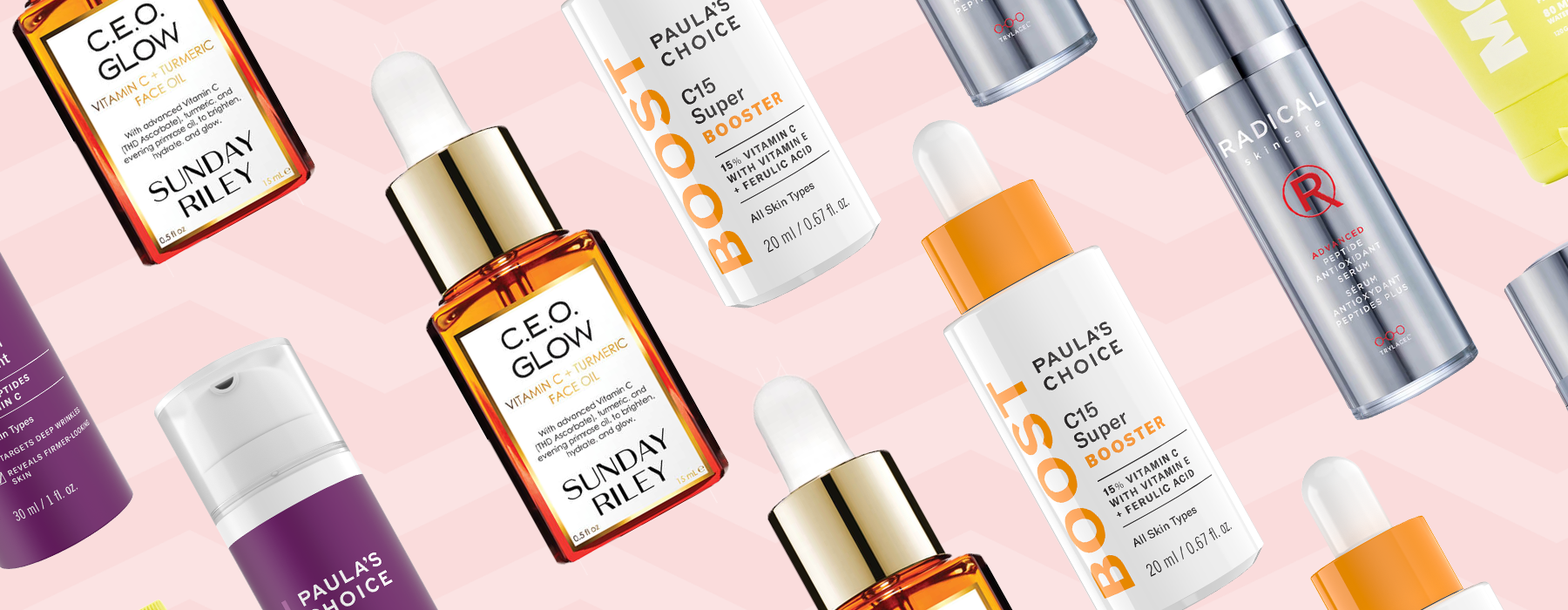
I’ve Crossed The Youth Bridge Into New Territory
Here's your invitation to age ungracefully
All this isolation and WFH business have got me thinking too deeply, deep like my new found wrinkles, on how I can stop my skin from looking a day older than 21. As I’m watching my youthful face melt away, I’m scrambling for answers.
What else can I do that’s relatively more natural than my routine botox injections? Anti-Ageing skincare… okay, so there’s nothing new here, but surely like me, someone out there hasn’t explored the anti-ageing aisle before. I’ve NEVER used anything anti-ageing in my life, other than collagen sheet masks and botox, alright, I’m lying, but for those of you who aren’t familiar with Retinol, Peptides, Hydroxy Acids such as Alpha and Beta, then here’s your introduction to anti-ageing skincare.
Thanks to Desiree Stordahl, Senior Research and Education Manager from Paula’s Choice, we can all make better anti-ageing choices without having to re-live chemistry studies.
There’s no single ingredient solution for all the signs of ageing—it takes a mixture of great ingredients to get the best results. Think of it like nutritious ingredients that go into a salad. Each offers different benefits to improve your health… the same principle applies to skincare.
Let’s go through them, shall we?
1. RETINOL
What is it? Retinol is a Vitamin A derivative that’s the powerhouse ingredient of anti-ageing backed by over 50 years of research.
How does it work? Retinol works by connecting and “talking” to skin cells, smooths wrinkles and minimises the formation of new ones, other benefits include:
- Enhance collagen production
- Plumping skin
- Exfoliate and fade hyperpigmentation improving uneven skin tone
- Shrink the look of enlarged pores
“For a new retinol user, I always say slow and steady wins the race. If you have sensitive skin, start with low-to-mid strength retinol (anywhere from 0.01% up to 0.5%) and see how your skin does with it. If your skin generally tolerates ingredients well, you can start higher up in the 0.5% to 1% range.” – Desiree
When do you use it? Begin by only applying once every three nights and if within a couple of weeks your skin is doing great, you can increase the frequency if desired. Once acclimated, most people find their skin does great with once-daily usage, morning or evening “it’s a myth that you can’t use retinol during the day, you just need to follow with a broad-spectrum sunscreen.” -Desiree
If the retinol product is fluid then add after cleanse and tone, and continue your skincare routine. If the retinol product is a cream then add it after your serums and if it’s a thick rich cream, use it at the end of your routine.
2. PEPTIDES
What is it? Peptides are naturally present in the skin that are short chains of amino acids that act as building blocks of proteins such as collagen, elastin and keratin. But over time they become depleted which results in loss of firmness and skin that doesn’t bounce back as it once did.
How does it work? Lab-engineered peptides step in to help revitalise the skin’s building blocks acting as little messengers, triggering skin cells to perform specific functions such as building collagen and elastin.
When do you use it? Morning and Night as a serum or cream.
Note: Peptides shouldn’t be used in conjunction with AHA’s
3. HYDROXY ACIDS (AHA’s & BHA’s)
What is it? Hydroxy Acids come in the forms of Alpha Hydroxy Acids (AHA’s) and Beta Hydroxy Acids (BHA’s) that functions as chemical exfoliants.
“A chemical exfoliator unglues the bonds holding dead skin to the surface, letting it slough off and promote healthier skin cell turnover. Skin needs help exfoliating because over time its natural shedding process is hampered by environmental stressors and ageing.”
- AHA’s are water-soluble acids such as glycolic and lactic acids
- BHA’s are oil-soluble acids such as salicylic acid
How does it work? AHA’s are recommended for those with dry or sun-damaged skin because they exfoliate, hydrate and brighten the skin.
BHA’s are recommended for those with oily and acne-prone and work by penetrating blocked pores while preventing spots and acne from forming.
“For new acid users, it depends on the type but generally speaking, most people do great by starting out with 2% BHA (beta hydroxy acid, which is also known as salicylic acid). BHA is anti-inflammatory by nature, so it soothes skin as it exfoliates. On top of its ability to smooth the skin’s surface, BHA also provides the added benefit of penetrating pores to clear out debris that could otherwise lead to blackheads and breakouts. Win-win” – Desiree
When do you use it? Apply AHA or BHA after cleanse and tone and continue normal skincare routine.
4. VITAMIN C
What is it? Vitamin C is a powerful antioxidant that fights and helps neutralise free radicals, aids in the skin’s natural regeneration process and helps repair damaged skin cells.
How does it work? Ascorbic acid—also known as L-ascorbic acid contain antioxidants that trigger the skin to accelerate production of collagen and elastin preventing premature ageing of the skin and also brightening the skin.
When do you use it? Vitamin C serums are more effective, use your Vitamin C serum day and night after cleanse and tone and continue your regular skin routine.
5. SUNSCREEN
Do we really need to explain?
Desiree mentions “I have to stress sun protection because everything else you’re doing to take to care of your skin won’t matter if you let the sun’s ravaging rays undo it. Sunscreen is the #1 anti-wrinkle product that most people neglect—you may not see the repercussions now, but you will later.”
Slip Slop Slap Pat, darling!
Read More Beauty
Read More From En Route

Just In! Be In The Know Fridays
Culture
05/25

Find Your Perfect Match: Fenty Beauty’s Pop-Up Tour is coming to Sydney and Melbourne
Culture
05/25

Hotel News From Around the World
Travel
05/25
come En-Route with us
Sign-up for our newsletter.
By clicking "submit", you agree to receive emails from En-Route and accept our privacy and cookie policy.





